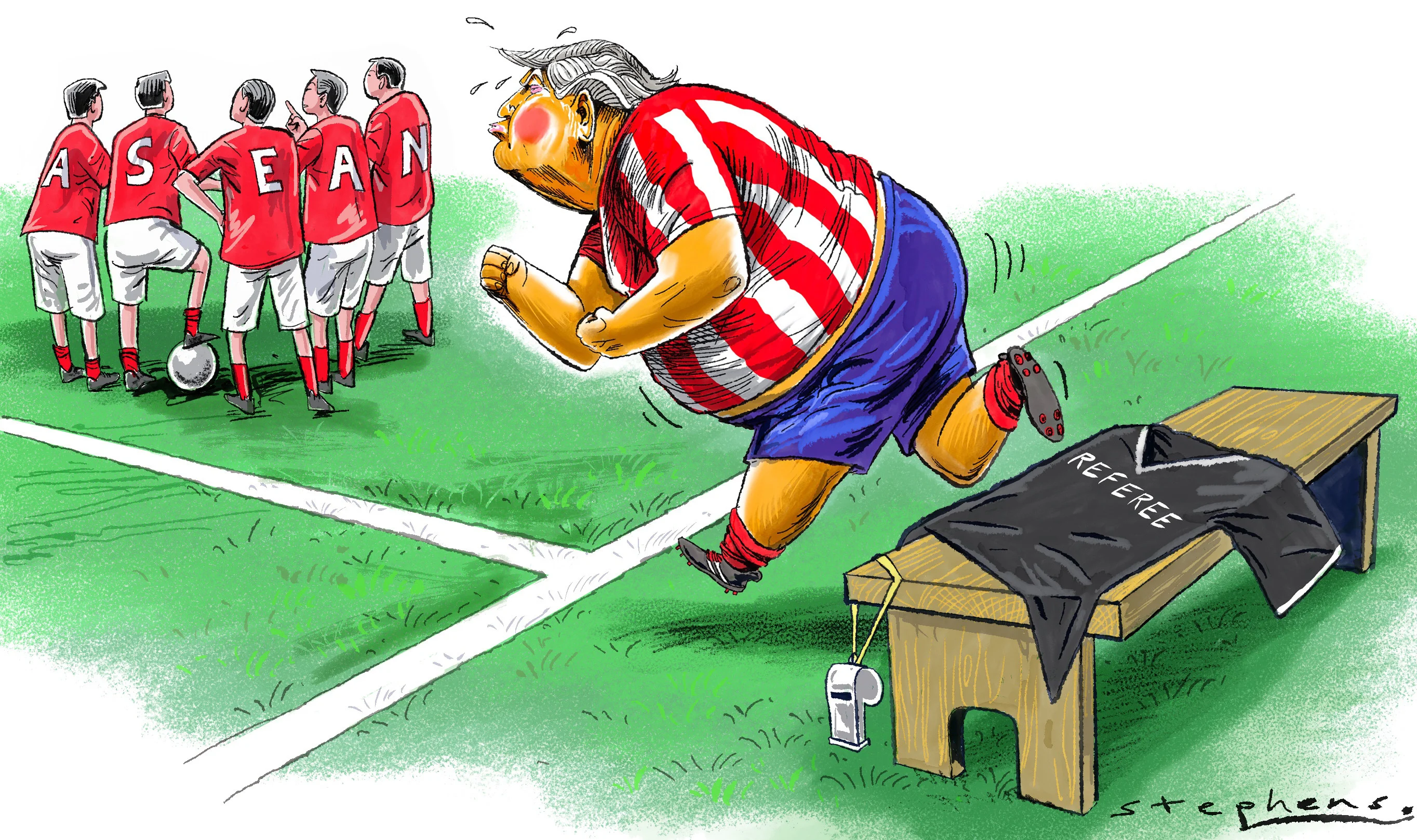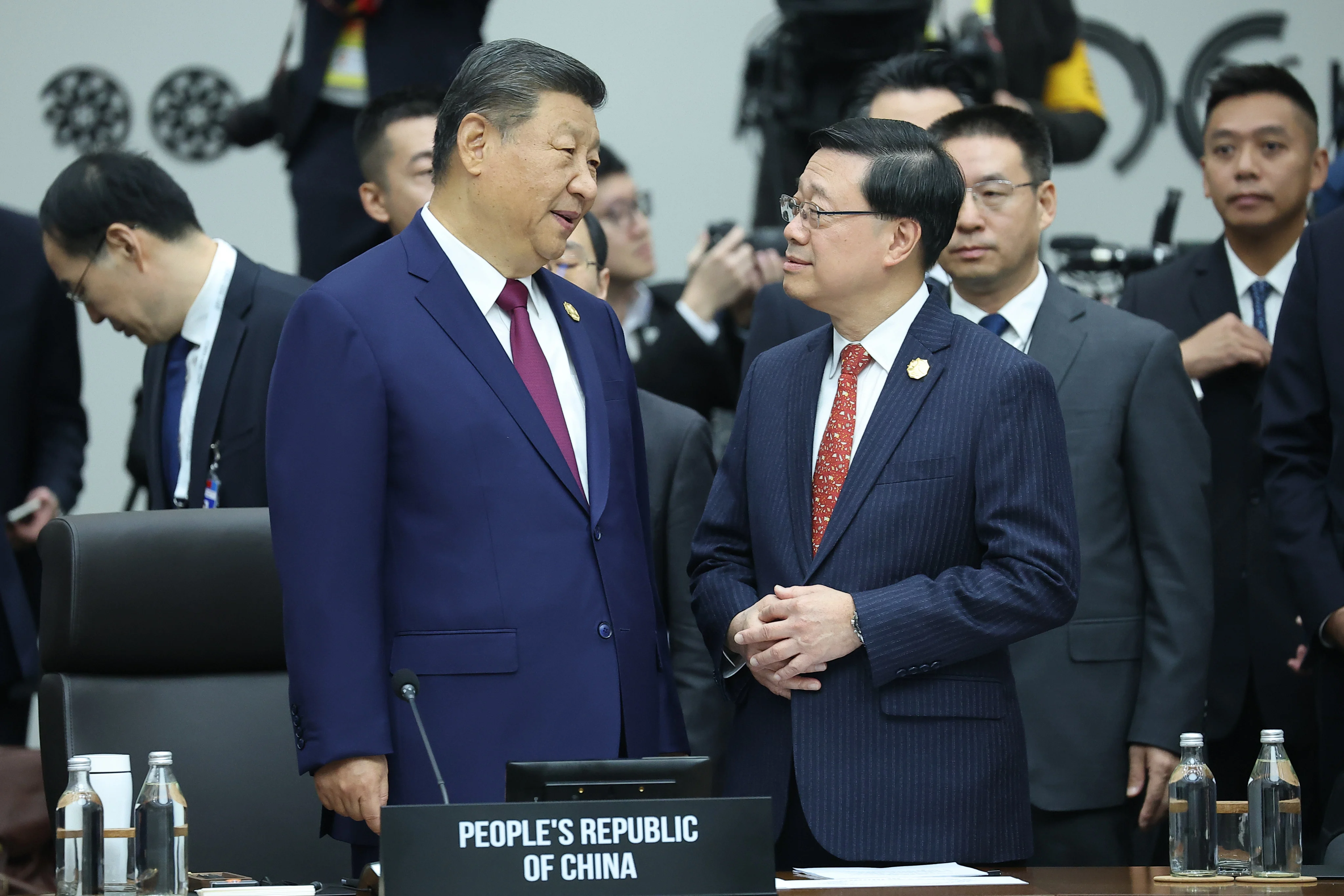Copyright scmp

The arrival of United States President Donald Trump in Kuala Lumpur, Malaysia, may appear to be a routine diplomatic gesture, but it carries far greater symbolic weight. His visit marks a turning point in Washington’s struggle to remain relevant in a world where its power no longer defines the terms of engagement. For decades, Asia listened when America spoke. Today, it still listens, but it no longer obeys. The Association of Southeast Asian Nations (Asean) was born in an era when the Global South sought autonomy from the rival blocs of the Cold War. Trump’s presence at Asean underscores how dramatically global and regional dynamics have shifted. The US, once the centre of gravity, now orbits around new constellations of power. While the US has engaged with Asean for decades, former US president Joe Biden was notably absent from major summits after his second year in office, only attending one in-person summit after Covid-19. Trump himself lost interest in the bloc during his first term, skipping all major meetings after 2017. Washington’s willingness to re-engage Asean, on the bloc’s own terms, is not a gesture of generosity, but an act of necessity, perhaps evidenced by the signing of rare earths deals with Malaysia and Thailand. The US can no longer afford to ignore a grouping that represents one of the fastest-growing regions in the world, one increasingly setting its own agenda on trade, technology and security. For Southeast Asia, Trump’s visit is less about nostalgia for American leadership and more about a pragmatic opportunity to balance between global superpowers without taking sides. After years of frustration in the Middle East, Washington is quietly conceding that its grand projects there have failed to deliver. The withdrawal from Afghanistan and an effective stalemate in Iraq have exposed the limits of American reach. Even the 12-day war launched by Israel against Iran with American backing and participation failed to meet its objectives: it did not eliminate Iran’s nuclear capabilities nor triggered regime change. In this vacuum, the emerging partnership among Iran, China and Russia has altered the balance of global power. It is no longer possible for Washington to dictate outcomes in the region or completely isolate Tehran through sanctions or coercion. What was once called “containment” now looks more like self-containment, a narrowing of American influence amid expanding Eurasian alliances. Meanwhile, China’s Belt and Road Initiative continues to knit together a new economic geography from Central Asia to the Indian Ocean. Russia’s energy corridors and Iran’s growing connectivity to South and East Asia have created an infrastructure of interdependence that even sanctions can’t fully disrupt. Against this backdrop, Asean’s quiet rise looks less like an exception and more like a frontier of this multipolar momentum. Trump’s visit to Malaysia, a symbolic bid to restore US leverage, reveals the changing reality of American power in Asia but also exposes the limits of American ambitions. The US can no longer dictate the rules of the regional game; it must play by them. Even close partners like Singapore and Indonesia are hedging against American unpredictability, deepening their economic and security ties with China while continuing cooperation with the West. In trade, the US is no longer the dominant actor. Its withdrawal from the Trans-Pacific Partnership left a vacuum quickly filled by frameworks like the Regional Comprehensive Economic Partnership, which even includes US allies. Washington’s absence in rule-setting processes has forced it into a reactive posture. Trump’s trip isn’t about shaping Asia’s future. It’s about catching up to it. This is where Trump’s transactional style might find its true test. His approach of “deals, not doctrines” resonates with leaders who view politics through the lens of negotiation rather than ideology. However, deal-making requires credibility, something Washington lacks after years of policy reversals. For much of the post-war era, US diplomacy was about defining rules, institutions and legitimacy. Now, Washington is learning to operate within a system it no longer fully controls. The symbolism of showing up for the first time in years is twofold: it signals Washington’s desire to remain relevant while also acknowledging that relevance must be earned, not assumed. Asia, meanwhile, has grown comfortable with complexity. Countries once anxious about choosing between Beijing and Washington pursue what scholars call “multi-alignment”, engaging all sides while committing to none. It’s a quiet revolution in regional strategy that marks the end of unilateralism. Power today flows through networks, not hierarchies. For Asean, this evolving power balance has a practical meaning: agency. The bloc’s members have learned to use their collective weight to mediate rather than submit and invite rather than align. The real story of Trump’s Malaysia visit is not a return of US leadership, but the normalisation of Asian autonomy. Trump’s visit is not a comeback; it’s a confession that the age of commanding the world from a position of unchallenged authority is over. The future of global politics from Tehran to Kuala Lumpur to Caracas will be negotiated, not imposed. The US can lead, but leadership today demands humility just as much as ambition. In the halls of Asean, where postcolonial nations built a platform for mutual respect and restraint, Trump’s presence is a reminder that the balance of power has shifted, not towards chaos, but towards pluralism. The world no longer revolves around Washington. Yet if the US can learn to participate rather than dominate, it may discover that influence in the 21st century comes not from commanding others but from understanding them.



